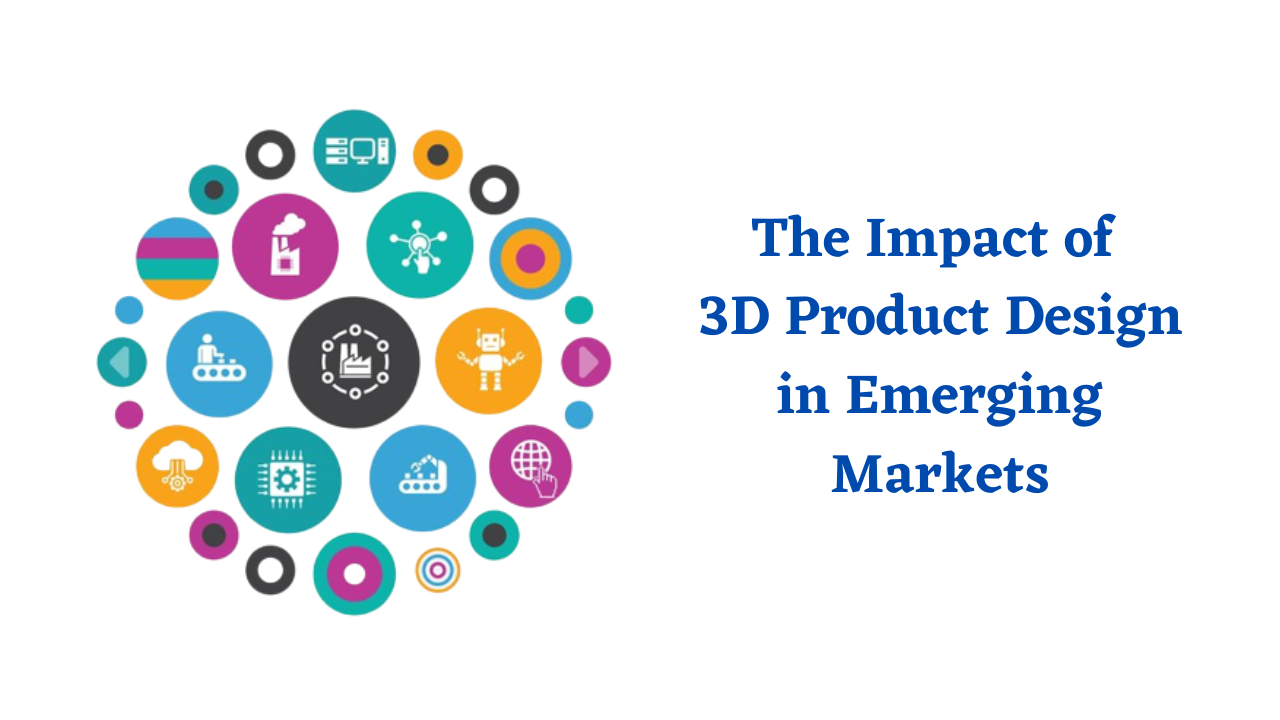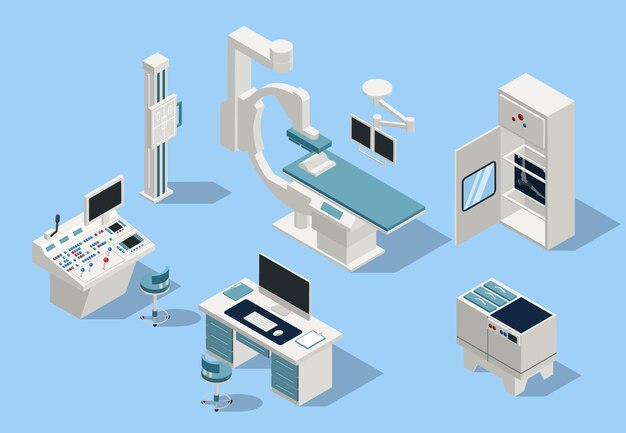
Emerging markets have long been the focal point of global economic growth. These regions, characterised by rapid urbanisation and expanding middle-class populations, offer immense potential. However, they also come with unique challenges. In recent years, 3D product design in Emerging Markets has transformative force, revolutionising these markets and addressing their distinctive needs.
What is 3D Product Design?
Imagine a world where product development is not limited by traditional manufacturing constraints. 3D product design makes this vision a reality. It leverages cutting-edge technologies, particularly 3D printing, to create innovative, customizable, and affordable products. This approach is changing the way in emerging markets in several key ways.
All you need to know about Product Design, it includes improved visualisation, faster prototyping, reduced development costs, and enhanced collaboration among design teams. It has applications in various industries, including manufacturing, automotive, aerospace, architecture, consumer goods, and healthcare, among others.
By creating 3D digital representations of products, designers can iterate on designs more efficiently, identify potential issues, and optimise product performance and aesthetics. This process ultimately leads to the production of higher-quality products while minimising errors and reducing time-to-market.
Importance of 3d product design in emerging markets
Accessibility and Affordability
One of the most profound impacts of 3D product design on emerging markets is improved accessibility and affordability. Traditional manufacturing processes are often expensive and cumbersome, making it difficult to provide cost-effective solutions to consumers. However, 3D printing technology has disrupted this paradigm and make easy to calculate a Product Design and Development Cost Estimate
By harnessing the power of 3D design, designers can create products that are not only innovative but also remarkably affordable. This has paved the way for a plethora of accessible, high-quality goods, ranging from customised prosthetics to affordable housing solutions.

Customization and Localization
In emerging markets, one size does not fit all. Cultural diversity, varying preferences, and unique needs demand a more tailored approach to product design. 3D product design excels in this regard by enabling customization and localization on an unprecedented scale.
Designers can adapt their creations to suit the local context, ensuring that products resonate with consumers. This approach has led to the development of products that are not only functional but also culturally relevant, effectively bridging the gap between design and consumer satisfaction.
Empowering Local Economies
Beyond consumer products, 3D product design empowers local economies. It fosters a culture of entrepreneurship and small-scale manufacturing, enabling individuals and communities to actively participate in the product design process.
Local businesses are leveraging 3D printing to create everything from affordable agricultural tools to sustainable fashion items, thereby promoting economic growth, job creation, and community development.
Addressing Healthcare Challenges
Healthcare is another arena where the impact of 3D product design is undeniable. Emerging markets often face challenges in accessing quality medical devices and solutions. However, 3D printing is changing this narrative.
Prosthetic limbs, hearing aids, and even dental implants are being design and produce locally, significantly reducing costs and improving accessibility to essential healthcare solutions.

Real life examples of the impact of 3D product design in emerging markets:
- In Kenya, 3D product design is being used to create affordable and accessible prosthetic limbs for people who have lost limbs.
- In India, 3D product design is being used to create custom water filters for people who do not have access to clean drinking water.
- In China, 3D product design is being used to create affordable hearing aids for people with hearing loss.
- In South Africa, 3D product design is being used to create custom medical implants for people who need surgery.
- In Brazil, 3D product printing is being used to create sustainable housing and infrastructure solutions for low-income communities.
The Future of 3D product design in emerging markets
As we look to the future, use of 3D Product Design Services in emerging markets remains limitless. Trends such as eco-friendly materials, mobile-centric solutions, and innovative educational tools are poise to drive further change.
Nevertheless, challenges, including regulatory considerations and sustainability concerns, must be addresse responsibly. Ethical design practices, responsible sourcing, and community engagement will play pivotal roles in ensuring a positive impact.
In conclusion, this rapidly changing landscape of emerging markets, 3D product design is a force for transformation. It enhances accessibility, affordability, customization, and sustainability. It empowers local communities, revolutionises healthcare and education, and fosters entrepreneurship. The impact of 3D product design on emerging markets is profound, promising a future where innovation knows no bounds.
If you are also looking for the best 3D product design partner or company. Then no look further, here we provide the 3D product design service for all industries. Feel free to contact us or info@shalindesigns.com for discuss your queries and project.



